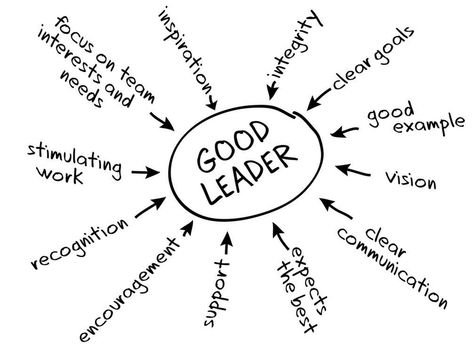People Don’t Quit Their Jobs, They Quit Their Managers
Employee turnover is one of the most pressing challenges facing businesses today. While salary and benefits play a role, studies show that the primary reason people leave their jobs isn’t compensation—it’s their relationship with their manager.The old adage, “people don’t quit their jobs; they quit their managers,” holds true. Let’s talk about some of the reasons why this happens and what small business owners can do to encourage better relationships between leaders and employees.
The Cost of Poor Management
The financial impact of turnover is significant. According to the Work Institute’s 2023 Retention Report, replacing an employee can cost up to 33% of their annual salary. This includes expenses related to recruiting, onboarding, and lost productivity during the transition period. For small businesses operating on tighter budgets, high turnover can be financially devastating.
In addition to financial costs, poor management can affect workplace morale, leading to disengaged employees, lower productivity and decreased loyalty. Disengaged workers are shown to be less productive, more likely to make errors, and often spread negativity throughout the organization, further increasing turnover risk.

Why Managers Matter More Than Paychecks
Research from Gallup reveals that managers account for at least 70% of the variance in employee engagement across teams. This means, a strong manager can inspire, motivate, and retain employees even when other aspects of the job may not be ideal. Conversely, a poor manager can drive employees away, regardless of competitive pay or a strong benefits package.
Key reasons employees cite for leaving due to management include:
- Lack of Recognition: Employees want to feel valued. A 2022 report from McKinsey highlights that 63% of employees who feel unappreciated are likely to leave their job within a year .
- Micromanagement: We’re all adults; autonomy is a crucial factor in job satisfaction. Overly controlling managers stifle creativity and undermine confidence and ability.
- Poor Communication: Misunderstandings, unclear expectations, and lack of feedback create frustration and confusion, pushing employees to seek clarity elsewhere.
- Limited Growth Opportunities: Employees crave personal and professional development. Managers who don’t prioritize learning and growth risk losing top talent to competitors who do.
How to Build Better Managers
1. Invest in Leadership Training
Effective management isn’t innate—it’s a skill that can be developed. Providing leadership training equips managers with the tools they need to succeed. Courses focused on emotional intelligence, conflict resolution, and effective communication can be particularly valuable.
2. Encourage Feedback Loops
Creating a culture of open feedback benefits both managers and employees. Anonymous surveys or one-on-one check-ins allow employees to voice concerns before they escalate to larger, more costly problems.
3. Prioritize Emotional Intelligence (EQ)
High-EQ managers are better at recognizing and responding to their team’s emotional needs. This fosters trust and improves manager-employee relationships. According to the Harvard Business Review, EQ is a critical component of leadership success .
4. Lead by Example
Managers set the tone for workplace culture. Leaders who model respect, integrity, and accountability inspire their teams to do the same.
5. Recognize and Reward Effort
Acknowledging hard work doesn’t have to be extravagant. A simple thank-you note or shout-out in a team meeting can go a long way in boosting morale and showing employees their efforts are seen and valued.

The Role of HR in Manager Development
HR plays a crucial role in shaping leadership within an organization. At Perk HR, we offer coaching and can create a unique-to-you training program designed to help managers thrive. We also provide feedback tools that give small business owners insight into how their leadership team is performing.
By focusing on developing strong managers, businesses can reduce turnover, boost employee engagement, and create a positive, engaging workplace culture. Remember, investing in your leaders is an investment in your people—and that’s an investment worth making.

Final Thoughts
Retaining talent starts with good leadership. If you’re struggling with turnover, it might be time to assess your management practices. After all, people don’t quit jobs; they quit managers.
For more insights on leadership and HR best practices, visit our website or contact us for a free HR audit.
References
- Work Institute. (2023). Retention Report.
- Gallup. (2021). State of the Global Workplace.
- McKinsey & Company. (2022). Great Attrition or Great Attraction? The choice is yours.
- Goleman, D. (2023). What Makes a Leader? Harvard Business Review.



